Back in 2012, Ruger announced the 10/22 Takedown version of the venerable Ruger 10/22 rimfire rifle. The 10/22 Takedown is a version of the 10/22 receiver that is designed for the rifle to be disassembled into two pieces, the receiver+buttstock and barrel+forend, for easy carry in a small backpack or bag.
The Ruger 10/22 Takedown looked like an interesting rifle in terms of possible use cases, but it did not initially appeal to my desires for a firearm. Five years later at SHOT Show 2017, Magpul came out with a few accessories for the Ruger 10/22 Takedown, most notably the X-22 Backpacker stock.
A simple “drop-in” swappable stock solution, the Magpul X-22 Backpacker stock gives the Ruger 10/22 Takedown a more compact form factor in a cleaner, neater design while in transport. After seeing the X-22 Backpacker stock in person, it made me reconsider the 10/22 Takedown as a low cost field / survival rifle.
The X-22 Backpacker style rifle would make for a nice, handy, portable field/survival rifle that I could throw in the back of the Jeep or truck when out adventuring.
Off and on for many months, I would look at Ruger 10/22 Takedown rifle variants to see what would be worthwhile. But then I discovered Tactical Solutions with their own 10/22 Takedown receiver and barrels, which made me consider getting the Tactical Solutions rifle instead, or at the very least, getting a Ruger 10/22 Takedown with the intent on swapping out for the TacSol aftermarket barrel.
Then a couple months back, I received an email from Brownells advertising their new in-house Brownells BRN-22T and BRN-22TR 10/22 Takedown receivers.
The email had a special introductory price of $129.99 (regular $149.99) which made it look very intriguing. Buying a receiver and building up is usually *not* the least expensive route to go on any project, but I felt like going with a receiver-only build would give me the most satisfaction as far as a new project goes. Building from scratch is more fun (to me at least) than buying a complete rifle, stripping it down, and replacing parts.
So I ordered one from Brownells and had it shipped to my local FFL for transfer.
I opted for the BRN-22TR over the BRN-22T to get the Picatinny rail. The BRN-22T is a smooth top variant. The Brownells 10/22 Takedown receiver is only the receiver, but with the barrel insert and clamp mechanism pre-installed so it is ready to ‘receive’ any Takedown barrel. Although, the BRN-22TR did come with one action screw.
The rear of the BRN-22TR has a hole for the ability to clean the barrel with a cleaning rod, but this is a moot point considering the barrel is removable by design. This is actually a desired feature in standard 10/22 rifles since the barrels are generally fixed and not something you want to remove constantly for cleaning.
But in the case of the 10/22 Takedown, the rear cleaning rod hole is not necessary, especially when you have to remove the rifle from the stock to get to the cleaning rod hole.
With the receiver in hand, I had to gauge what I needed to get the rifle built. The general parts list to build up this rifle consists of:
- Two (2) receiver/trigger cross pins
- One (1) receiver bolt stop pin
- One (1) 10/22 bolt (with extractor, ejector, firing pin parts)
- One (1) recoil spring, guide, and cocking handle assembly
- One (1) barrel assembly
- One (1) trigger assembly
- One (1) stock
- One (1) action / takedown screw for barrel and forend
Pretty much all the parts for a 10/22 receiver transfer over to the 10/22 Takedown receiver, so there are no speciality receiver/action parts unique to the 10/22 Takedown other than the barrel clamp mechanism which is already pre-installed.
My intent for this build is a survival style rifle. Something small and portable, that could be used for field applications. Obviously, you would not take medium to large game with it, but it would be capable for harvesting varmints if required. It would also serve as a fun recreational gun to just have for plinking.
I did not really have a budget in mind for this build, but when I was shopping for the parts, there really was not much to debate except two areas which I will cover after the parts list. But here is the actual initial build list:
- Brownells 10/22 Takedown receiver – BRN-22TR
- Ruger complete bolt assembly – B-10C
- Ruger 10/22 receiver cross pin (x2) – B-5
- Ruger 10/22 receiver bolt stop pin – B-46
- Ruger 10/22 clocking handle, guide rod, and recoil spring assembly – B-48A
- Tactical Solutions X-Ring Takedown Bull barrel (quicksand) – 1022TD-QS
- KIDD Single Stage Trigger Unit (1.5lb with Speed/Long magazine release lever)
- Magpul X-22 Backpacker stock (flat dark earth) – MAG808
- Volquartsen Exact Edge extractor for 10/22 – VC10EE
Note: The BRN-22TR receiver comes with an action screw and the Tactical Solutions X-Ring Takedown barrel comes with a stock screw.
The barrel is arguably the most significant part of any rifle and when I set out to build this 10/22 Takedown rifle, I had the Tactical Solutions X-Ring Takedown bull barrel in mind the whole time. Granted, most of this was driven by the barrel’s aesthetics with the fluting and iron sights.
- Weight: 16oz
- Length: 16.5″
- O.D.(outside diameter): 0.920″
- Threads: 1/2″x28
- Twist: 1:16″
The accuracy reports were on par with aftermarket 10/22 barrels, so there wasn’t any reason to not go this route.
I went with the Quicksand finish because I am a fan of tan-variant colors.
The next item to discuss is the trigger. I initially thought about just getting an off-the-shelf Ruger OEM trigger (Ruger B-2C) and modifying it with the Volquartsen trigger parts kit to make it more usable (e.g. auto bolt release, extended magazine release, etc). The Volquartsen trigger kit is the most cost effective for a factory OEM 10/22 trigger and is what I did with my regular 10/22 several years ago. But I looked into aftermarket triggers and decided to try out a KIDD single-stage trigger unit since I never had one. I considered the Volquartsen and the Timney 10/22 triggers, but went back to KIDD since I actually had wanted one for my original 10/22, but never shelled out for one. Of course, KIDD is highly regarded in the 10/22 community.
I opted for the single-stage to be pre-set to 1.5lbs from the factory and to include the long magazine release lever.
The bolt is where I did go ultra cheap when I opted for a Ruger OEM complete bolt. I was actually a bit disappointed in the bolt because it looked pretty rough coming in from Midway USA.
The bolt was sealed but looked quite dirty. Not sure if it is because Ruger mills them, test fires, and packages them up in one go. It almost looks like some initial oxidation on the bolt surfaces, but appears to be just some brownish grease stains, and there was an orange paint mark on bolt. It all cleaned up fine, but I am a bit disappointed with this bolt.
Note: I ordered a KIDD bolt after I test fired the rifle, thinking I kind of wanted to replace the OEM bolt to make the rifle completly non-Ruger, but was made aware via social media that the KIDD bolt does not fit the Brownells BRN-22TR. I ended up looking at the Brownells BRN-22T/BRN-22TR product page and noticed this excerpt at the bottom:
The BRN-22 receivers are designed to work in conjunction with Ruger® 10/22® OEM bolts, and as such may not work with all aftermarket bolts.
https://www.brownells.com/rifle-parts/receiver-parts/receivers/rifle-receivers/brn-22-takedown-stripped-receiver-for-ruger-10-22–prod124104.aspx
With that information, I returned the KIDD bolt and am sticking with the OEM bolt.
Along with the Ruger OEM bolt, I opted to use the OEM Ruger 10/22 clocking handle, guide rod, and recoil spring assembly.
Note that I did install a Volquartsen Exact Edge extractor on the OEM bolt. The Exact Edge extractor is a common upgrade for stock 10/22 rifles to improve on the original 10/22 extractor which has a tendency to fail when the rifle starts to get dirty. Since .22LR rimfire ammo tends to gum up the bolt face due to the wax used on .22LR rimfire ammo, an aftermarket ‘enhanced’ extractor is considered a must-have.
The Magpul X-22 Backpacker stock is the driving force behind my desire to acquire/build a 10/22 Takedown rifle. I simply like the way the stock keeps the disassembled rifle together in a singular piece.
I opted for the Magpul X-22 Backpacker in Flat Dark Earth.
Putting all of the parts together is relatively simple. Assembling the 10/22 Takedown from the parts above can be done with only a hex driver, torque wrench / limiter, and a very small screw driver or punch (for the extractor removal). Unlike an AR-15, you do not need a vise, vise blocks, etc.
Installing the bolt and spring assembly along with the trigger group is very straightforward on a 10/22 (standard or Takedown).
20 in-lb is the value that is floating around the Internet for the action screws, so I used my trusty Fix It Sticks kit to torque the action screw for the X-22 stock to the receiver and the X-22 forend to the barrel block.
Being new to the 10/22 Takedown platform, I did have to download the instruction manual for the Ruger 10/22 Takedown to learn how to properly install the barrel to the receiver, and make the necessary adjustments for fit. But this is a really straightforward process.
One item to note is that the adjustment of the barrel adjustment knob should be done with the forend unattached. This is to make sure the forend does not interfere with the barrel adjustment, assuming the forend does not properly clear the stock with the appropriate amount of gap. Since this rifle is built from multiple manufacturer parts, this issue is something to take into account.
But after the barrel was adjusted, even with the forend run all the way back, there is still a gap between the stock and forend, so there is no chance of interference in fitment.
The weight of the rifle as built is right at 4.0lbs with no optic, but with three unloaded magazines in the stock.
When I built this rifle, I had no idea what I wanted to do as far as optic. The field survival and plinking themes are what I am sticking to for this build, but portability and form factor overarching characteristics that I wanted to adhere to.
That is why I wanted the iron sights. But what I did not realize is how the Picatinny rail covers the sight picture. I did not think this would be an issue since the complete Tactical Solutions 10/22 Takedown rifles also have an integrated Picatinny rail.
As far as an optic, I definitely wanted to stick to a lower magnification optic. A 2-7x magnification scope felt like the largest I wanted to go with, but something in a 1-4x or 1-6x would also be ideal, if not a red dot.
When I took the Brownells 10/22 Takedown rifle to the range for the initial testing, I used my trusty Weaver T Series 36x40mm (aka T36) fixed power scope.
The rifle functions just like you would expect a 10/22 to run. A couple of failure to extract on the first hundred rounds, but this is a common thing with new 10/22 rifles. I used SK Standard Plus ammunition which is equivalent to Wolf Match Target, a very common and popular target ammunition option. In retrospect, it would be better to run higher velocity rimfire ammunition through a new 10/22, but I do not keep any on-hand. All I have is match or target loads, all of which are subsonic (muzzle velocity less than ~1125fps).
I did confirm that the iron sights result in the rifle impacting high when running up the rear sight to get clearance over the Picatinny rail. I would estimate the point-of-impact (POI) is 12″ above the point-of-aim (POA) at 25 yards, with the iron sights run up just enough to get a sight picture that clears the Picatinny rail. I reached out to Tactical Solutions and they do not have a taller front sight post. I was quoted that the barrel is tapped for a #6-40 thread, so I may hunt around for a front sight post with that thread, or I may even just manufacture a shim to elevate the front sight.
But I will live with this because I intended to run some sort of optic, and even though the sights have higher POI than POA at 25/50 yards, the iron sights are still usable for snap shooting on a larger target.
The group sizes out of the rifle were not great. At 50 yards the rifle printed anywhere from 1.5 to 2 inch 10-round groups. This is about on par with an off the shelf Ruger 10/22 standard (non-Takedown) rifle. For comparison, my stock CZ 455 Varmint Tacticool shoots 1 inch groups at 50 yards, +/- .25″ depending on conditions.
While group sizes are one issue, another aspect that is important with regards to this particular platform is the return to zero or zero shift that occurs when breaking down and reassembling the rifle. On the face of it, one would expect there to be some zero shift whenever the rifle is broken down and reassembled since the barrel may not be in the same alignment to the receiver every time, however small. Also, there is going to be some amount of slop between the barrel and receiver, even if you tighten the barrel nut adjustment as far as you can go (while still being able to disassemble the rifle).
During my initial break-in of the rifle, I went through a process of shooting a 10-round string, breaking the two halves apart, reassembling the halves, and shooting another 10-round string. It initially looked like there was no zero shift when shooting a 10-round string, disassembly and reassembling, and shooting another 10-round string. The groups were relatively large (at or under 2″) at 50 yards, but the group tendency was remaining the same relative location to point of aim.
But later on during the session, I repeated the zero shift testing process for three more 10-round strings and it looked like there was a slight zero shift between the first and third 10-round strings of maybe 1/2 inch at 50 yards.
After that first range session, I started thinking about the optic to put on my 10/22 Takedown rifle. I was hemming and hawing between a compact ‘scout’ scope like a 1-4x, 1-6x, or 2-7x, but decided to go with a red dot for the smallest possible form factor.
I stumbled across the Primary Arms 2MOA Advanced Red Dot because I was looking for a less expensive (translation: cheaper than an Aimpoint) red dot with a 2MOA or smaller dot.
Vortex Optics actually does not have anything that fits this criteria and I thought to look at Primary Arms since they are known for budget parts that perform reasonably well.
Thus, I found their Advanced Micro Red Dot sight which has a 2MOA dot and has several features including:
- 50,000 hour battery life (CR2032 battery)
- IP67 water resistance rating
- Picatinny mount
- Flat Dark Earth coating
Combined with the fact that it was $100 with free shipping made it too enticing to not try out, so I ordered one.
The dot of the Primary Arms sight is actually quite round which was quite surprising given the low cost. But I can only imagine the quality of the emitter is not as good as an Aimpoint.
Instead of a rotation knob to activate and adjust the brightness, it utilizes two buttons on the top of the red dot body.
The large knob on the side of the red dot body is simply the battery cover. The elevation and windage adjustments knobs are similar to those of an Aimpoint Micro T-1 / T-2, but utilizes a slotted driver to adjust.
Of course, the low cost of the Primary Arms 2MOA Advanced Micro Red Dot means it is made overseas.
I took it out to the range and was able to get it zeroed with ease.
The Brownells 10/22 Takedown with the Tactical Solutions barrel shot respectably well at 25 yards and 50 yards. With the 1x magnification 2MOA red dot, the gun was shooting 1″ or smaller 10-round groups at 25 yards.
From time to time, I was even able to eke out a 1/2″ 5-shot group.
Overall, I like my Brownells 10/22 Takedown rifle build for what it is. The 10/22 Takedown is compact utility rifle that can be used for survival scenarios, but serves as a plinking rifle for those times when you have the opportunity to shoot, but never planned on it (e.g. off-roading on BLM land).
Other than the fact that the Brownells BRN-22T / BRN-22TR is designed for OEM bolts, I have no issues with the receiver. At the $150 MSRP, it is a solid alternative for those who want to build from scratch. So far, the Tactical Solutions X-Ring Takedown Bull barrel appears to be shooting with solid accuracy/precision. The KIDD single stage trigger unit is incredibly good and the quality explains the price point. Crisp and clean break with no creep and excellent reset.
Being the driving force for me even wanting to try out this platform as a whole, the Magpul X-22 Backpacker stock is a great design. Not only does it break the rifle down into a singular unit, but it also incorporates a magazine storage area right in the stock itself.
I recommend the 10/22 Takedown for anyone who wants an interesting (fun) field / survival rifle that already has a standard Ruger 10/22 style rifle (not a Takedown) or a good bolt .22LR rimfire gun, that isn’t looking for (or expecting) a rifle that shoots benchrest type groups.
But I do not recommend going the route I went to build/acquire a 10/22 Takedown. Given how a 10/22 Takedown is not going to be a tack-driver in terms of accuracy/precision, I do not think there is a need to go with a high dollar aftermarket trigger or an aftermarket barrel.
For instance, I spent $200 on the KIDD trigger, which is 4-5 times the cost of a Ruger OEM trigger. Granted, the KIDD single-stage is incredible, but there isn’t a need for this trigger and is a part that can be substituted for cost savings.
For the majority of people considering a 10/22 Takedown rifle, I recommend just buying one of the off-the-shelf Ruger configurations. There are several variants straight from the factory, including a couple models that utilize the Magpul X-22 Backpacker stock. Going with an off-the-shelf Ruger offering will be less expensive and pretty much give you the same performance had you built one up on your own.
My cost breakdown can be summarized as follows:
- Brownells 10/22 Takedown receiver – BRN-22TR – $130
- Ruger complete bolt assembly – B-10C – $35
- Ruger 10/22 receiver cross pin (x2) – B-5 – $4
- Ruger 10/22 receiver bolt stop pin – B-46 – $2
- Ruger 10/22 clocking handle, guide rod, and recoil spring assembly – B-48A – $8
- Tactical Solutions X-Ring Takedown Bull barrel (quicksand) – 1022TD-QS – $255
- KIDD Single Stage Trigger Unit (1.5lb with Speed/Long magazine release lever) – $200
- Magpul X-22 Backpacker stock (flat dark earth) – MAG808 – $96
- Volquartsen Exact Edge extractor for 10/22 – VC10EE – $11
Total Parts Cost: $741 (+ $100 for Primary Arms 2MOA Advanced Red Dot sight)
Going with a Ruger BX trigger could have saved about $150, theoretically dropping the cost of the build to $595. For comparison, the Ruger 10/22 Takedown Davidsons Exclusive (Ruger model #21182) has an MSRP of $539. This specific model has the X-22 Backpacker stock and a threaded barrel with iron sights (and even includes four 10-round rotary magazines). Thus, it is obvious that building from scratch is not the most cost effective route if you are simply looking at money spent.
I will say that I do not regret building this 10/22 Takedown rifle from scratch, because I get more enjoyment when I am more involved in how the firearm comes to fruition. I will not say that buying an off-the-shelf Ruger 10/22 Takedown would have been boring, but it definitely would have been less exciting to discuss.
Anyway, my basic recommendation for anyone considering a 10/22 Takedown is to get a Ruger 10/22 non-Takedown rifle before buying a 10/22 Takedown. If you already have a standard Ruger 10/22, and still want a 10/22 Takedown, go off-the-shelf Ruger rather than building your own. If you want a higher grade 10/22 Takedown, then building your own is going to be a valid option. Granted, you may want to entertain one of the third-party non-Ruger complete 10/22 Takedown rifle offerings from Volquartsen or Tactical Solutions.
If you do end up getting a 10/22 Takedown, I think you will find it to be a fun rifle for plinking that will be great in the field / survival / truck gun role.

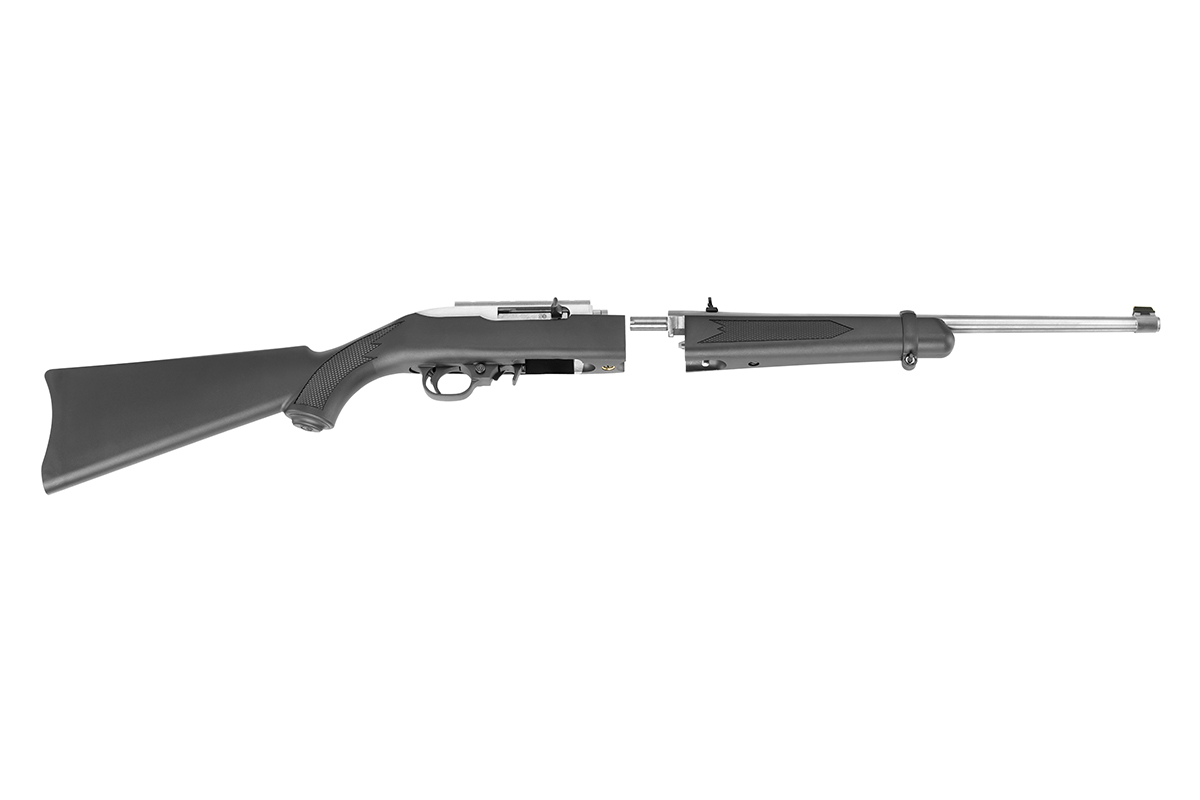
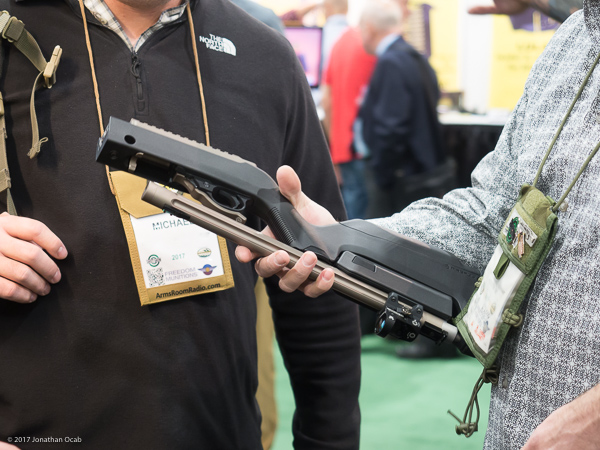
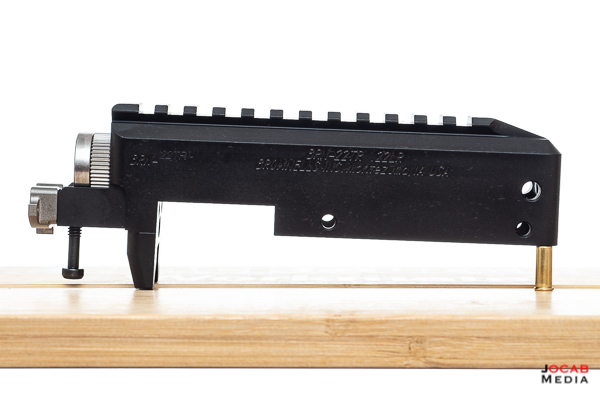
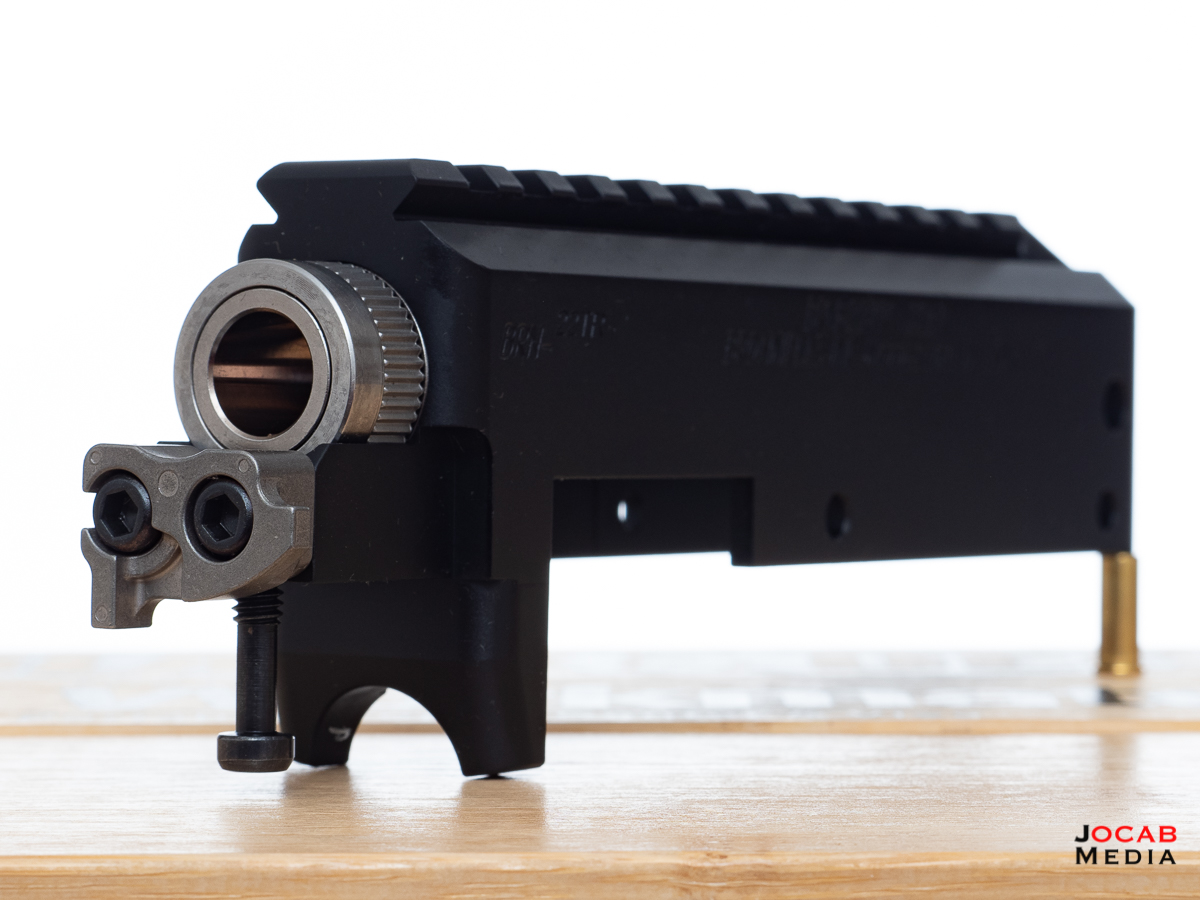
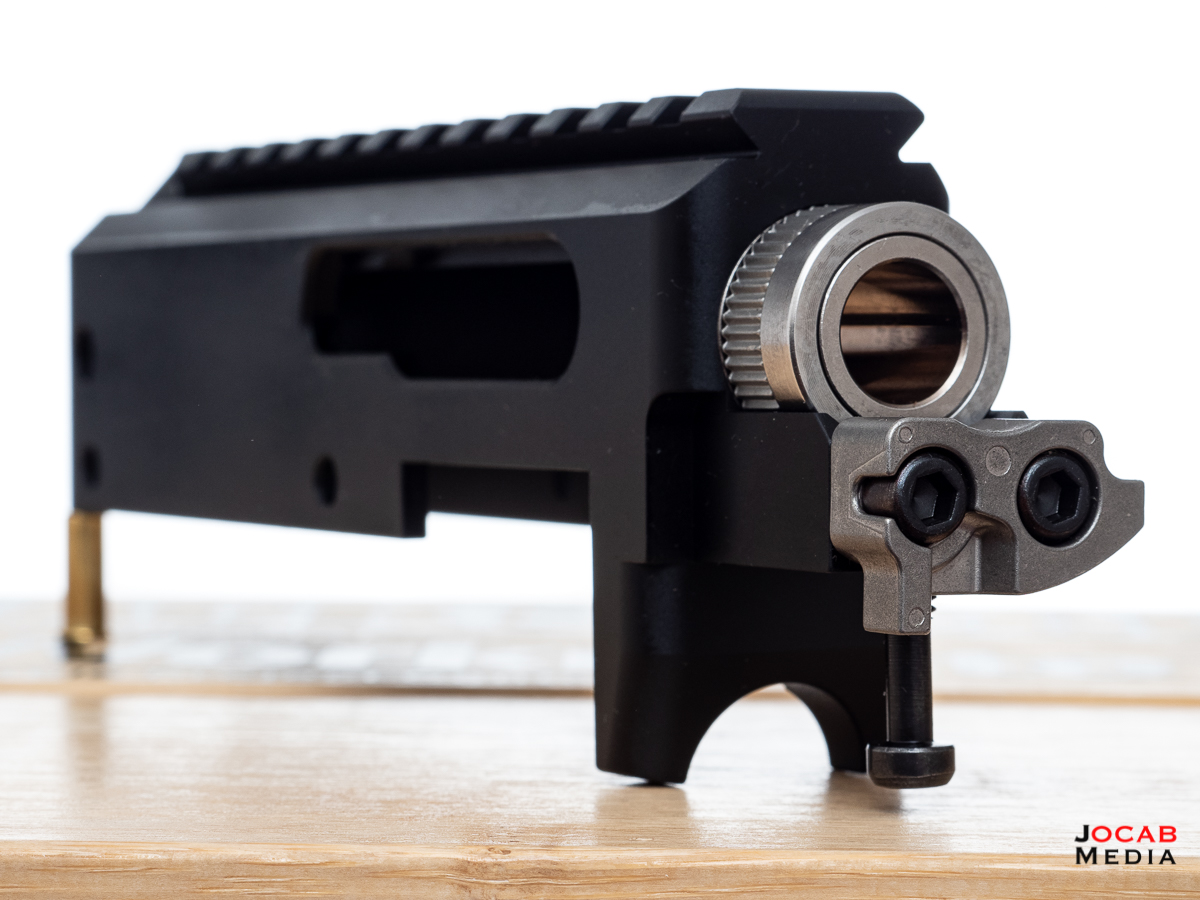
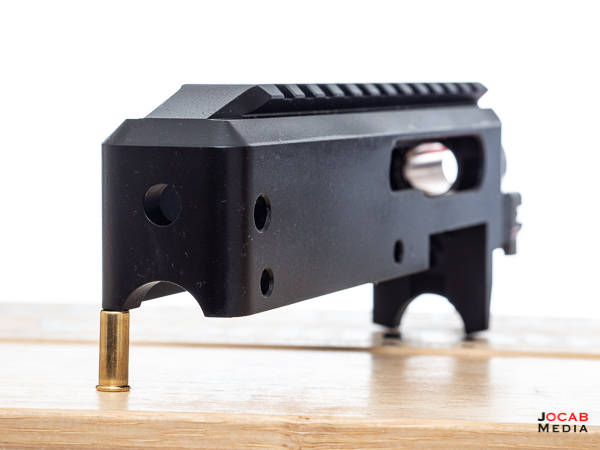
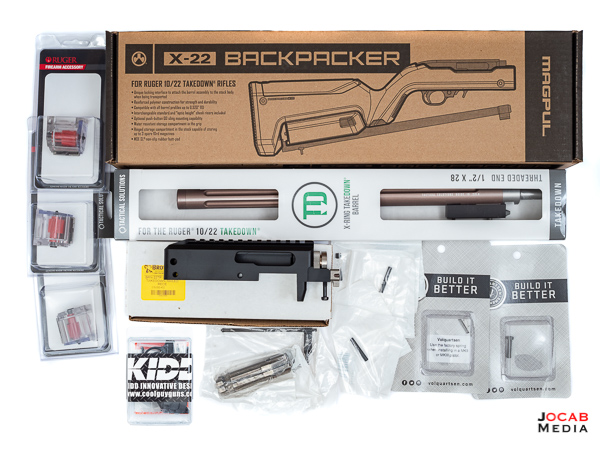
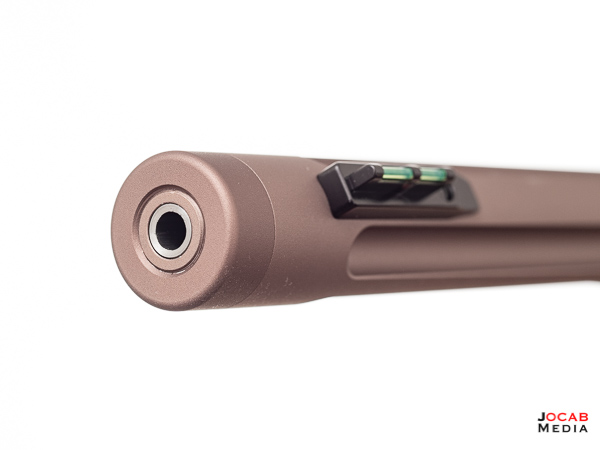
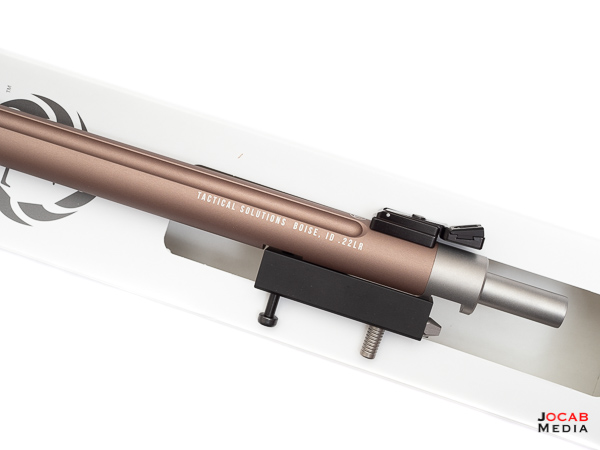
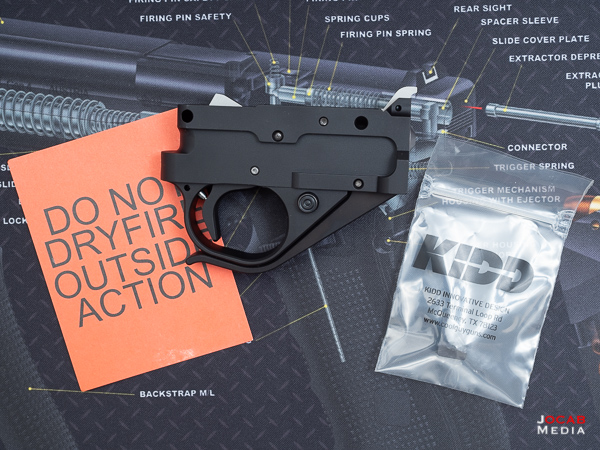
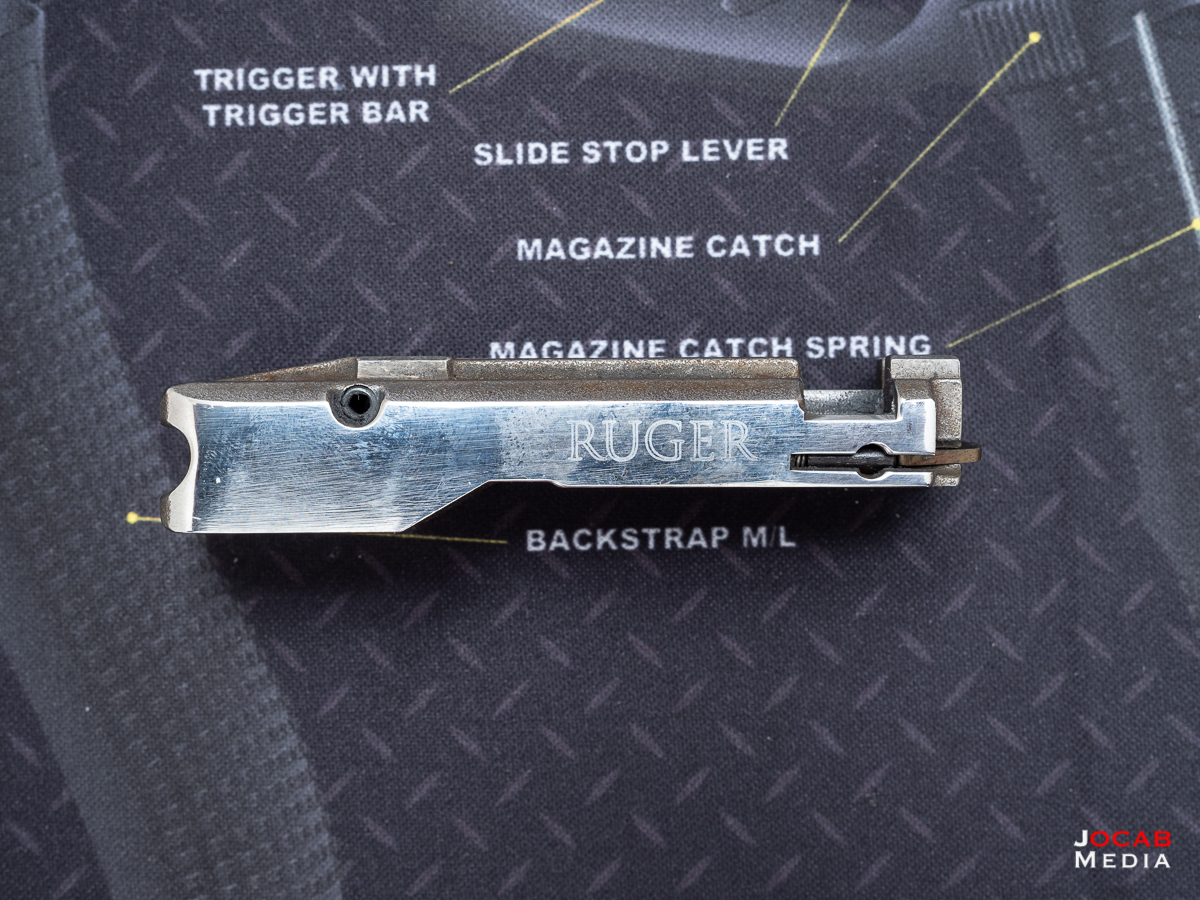
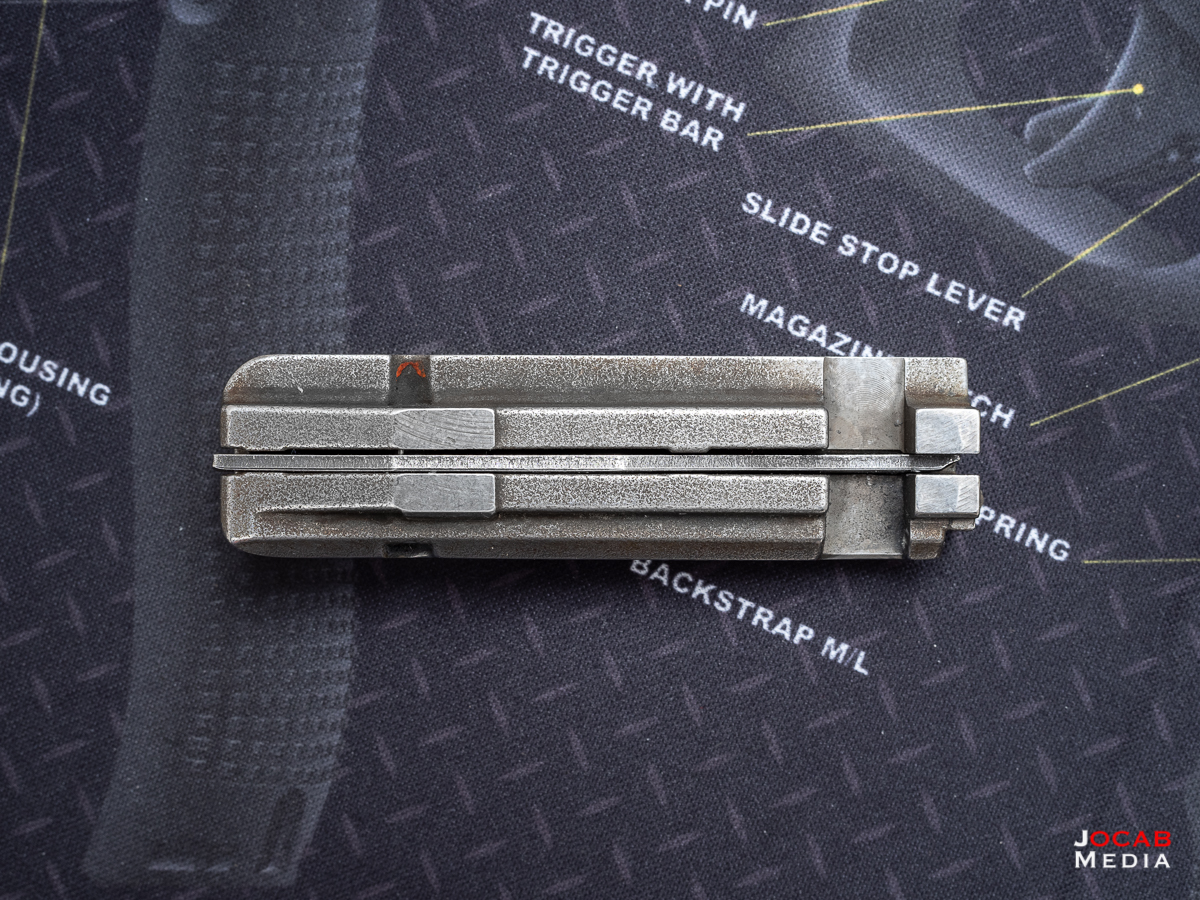
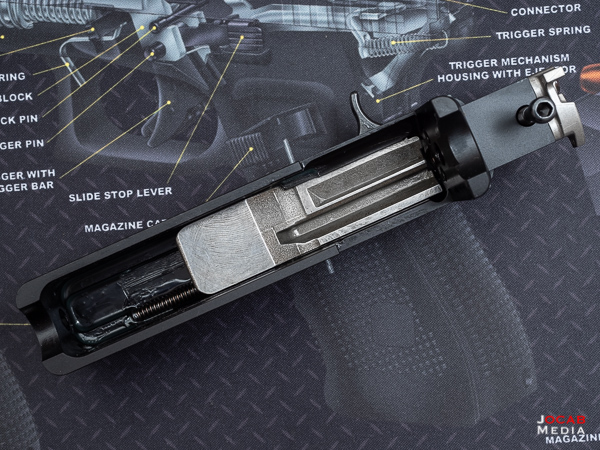
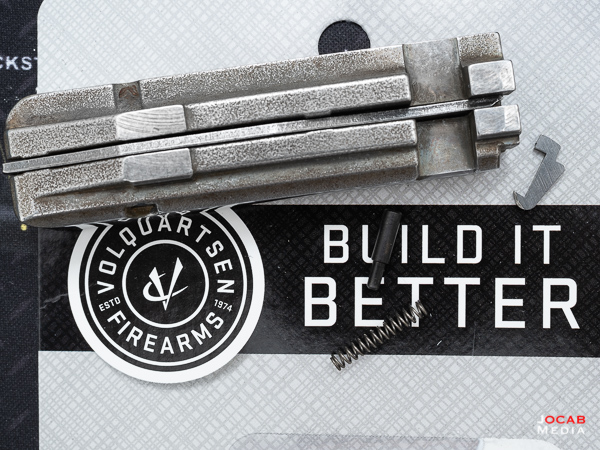
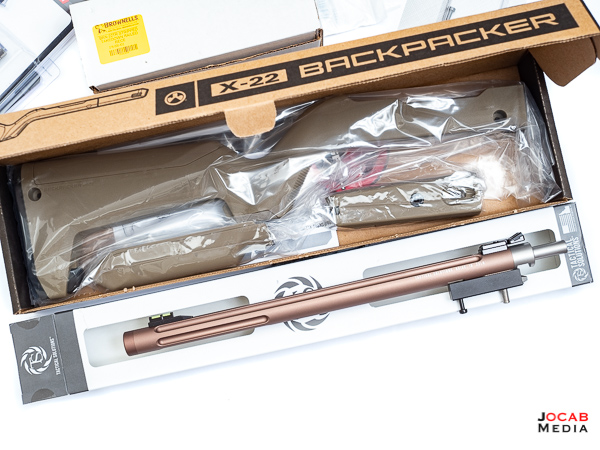
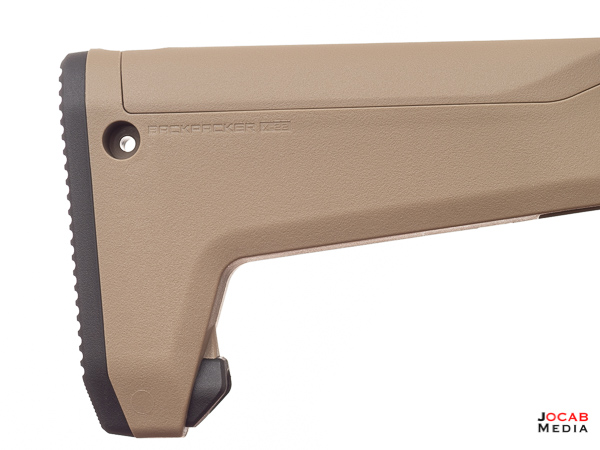
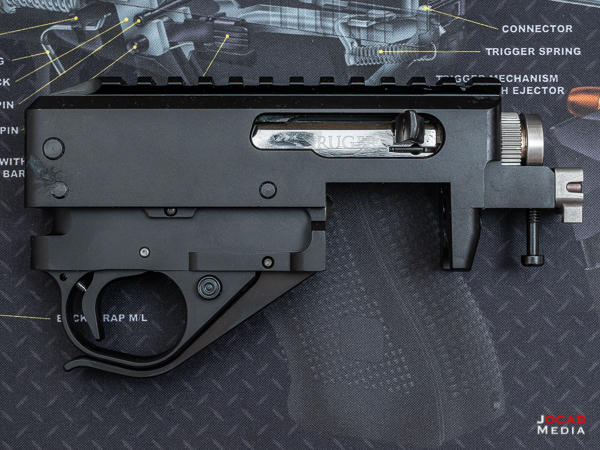
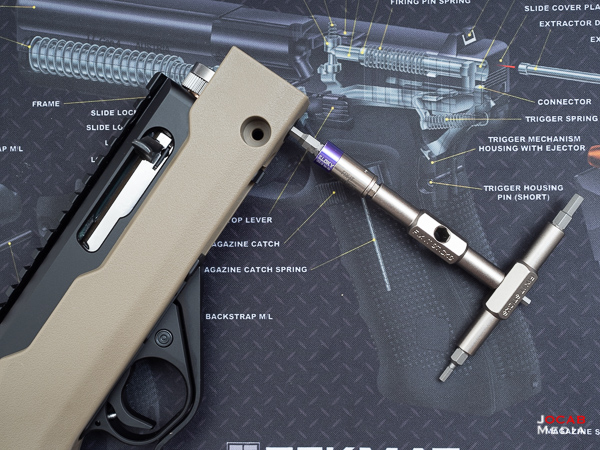
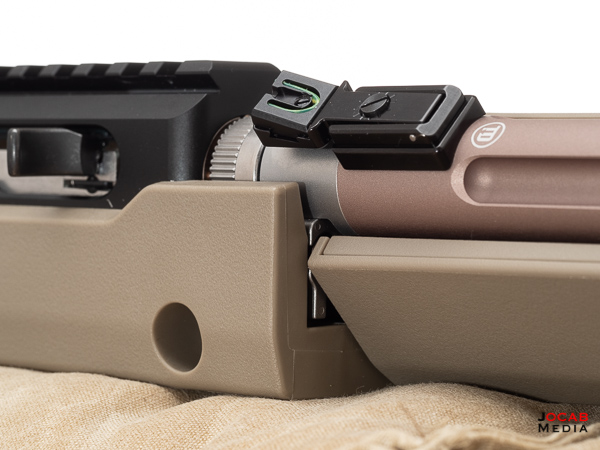
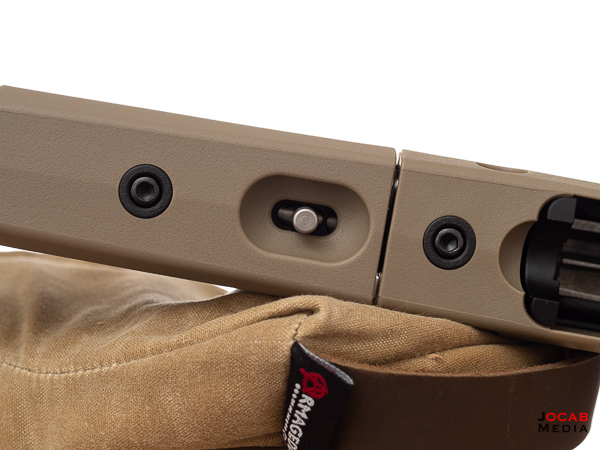
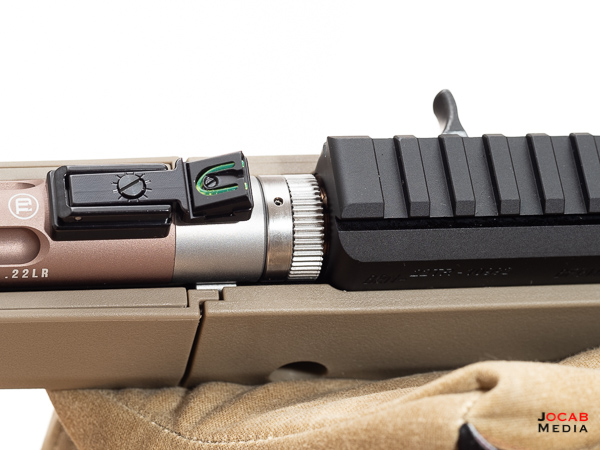
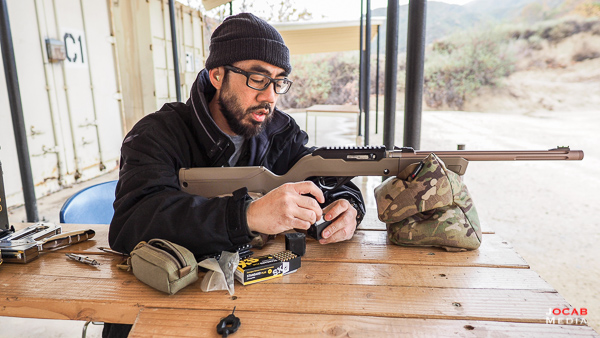
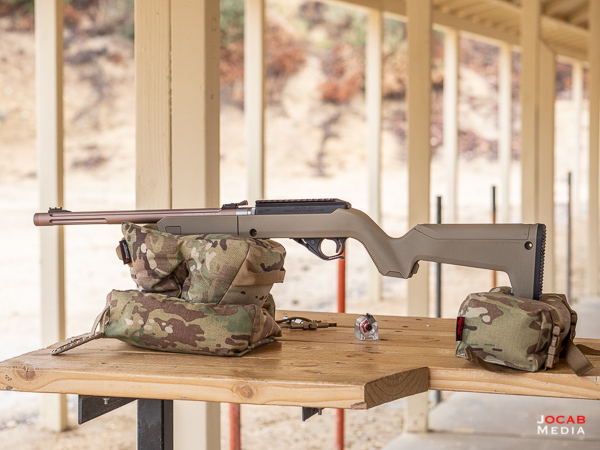
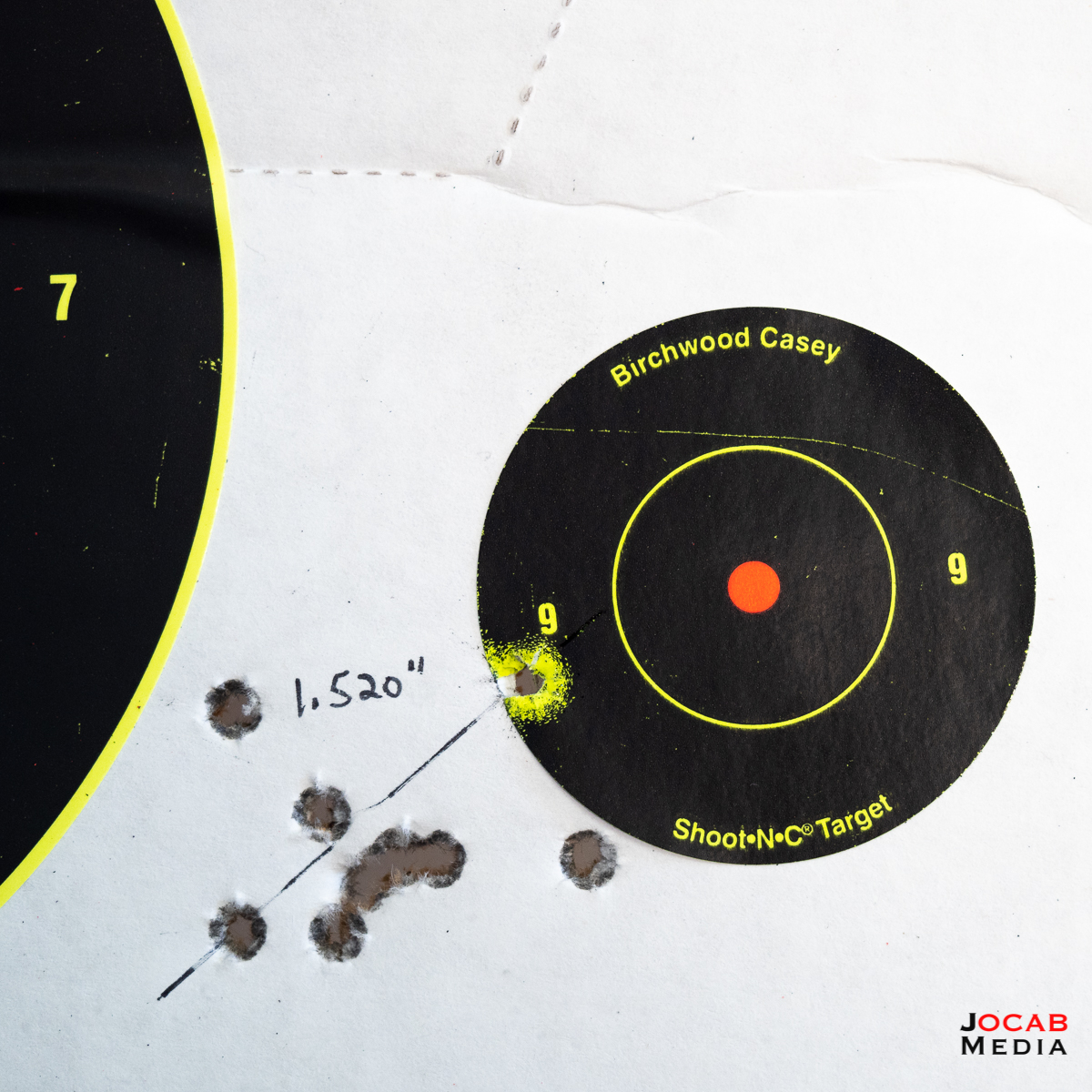
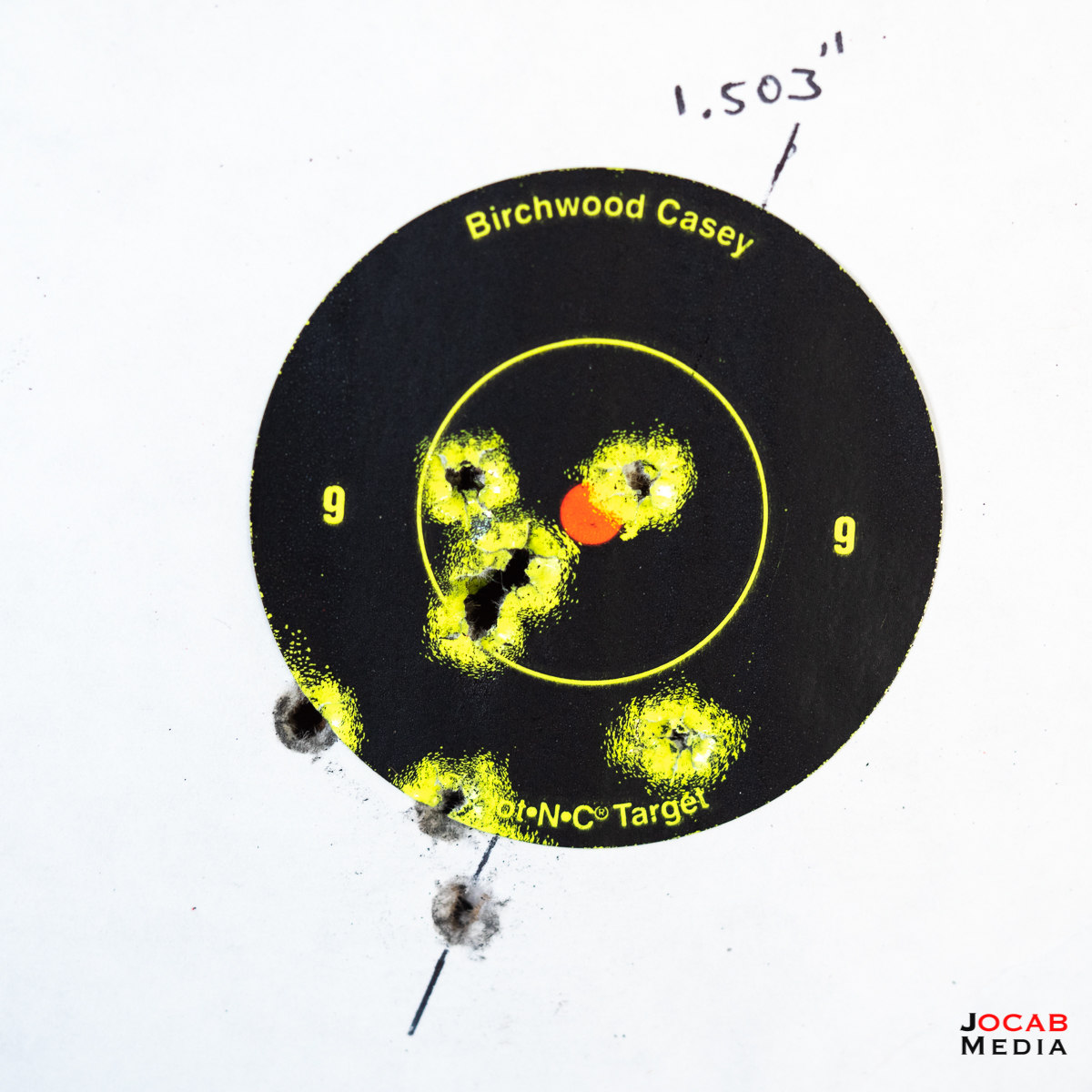
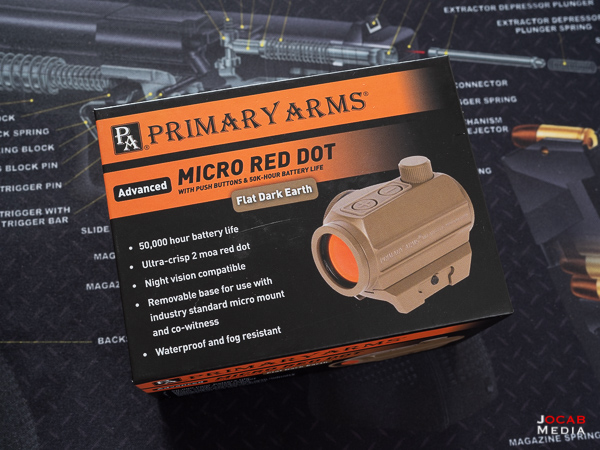
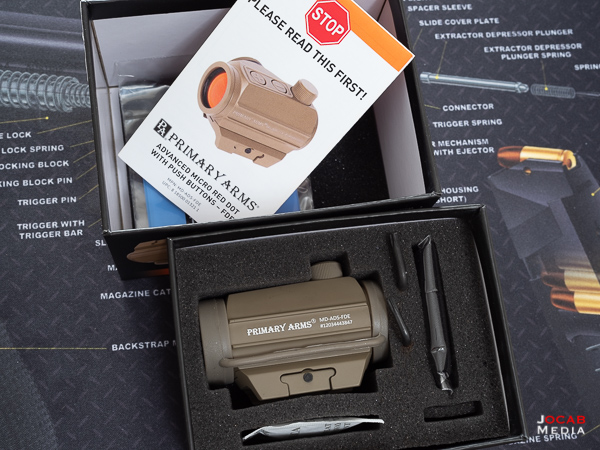
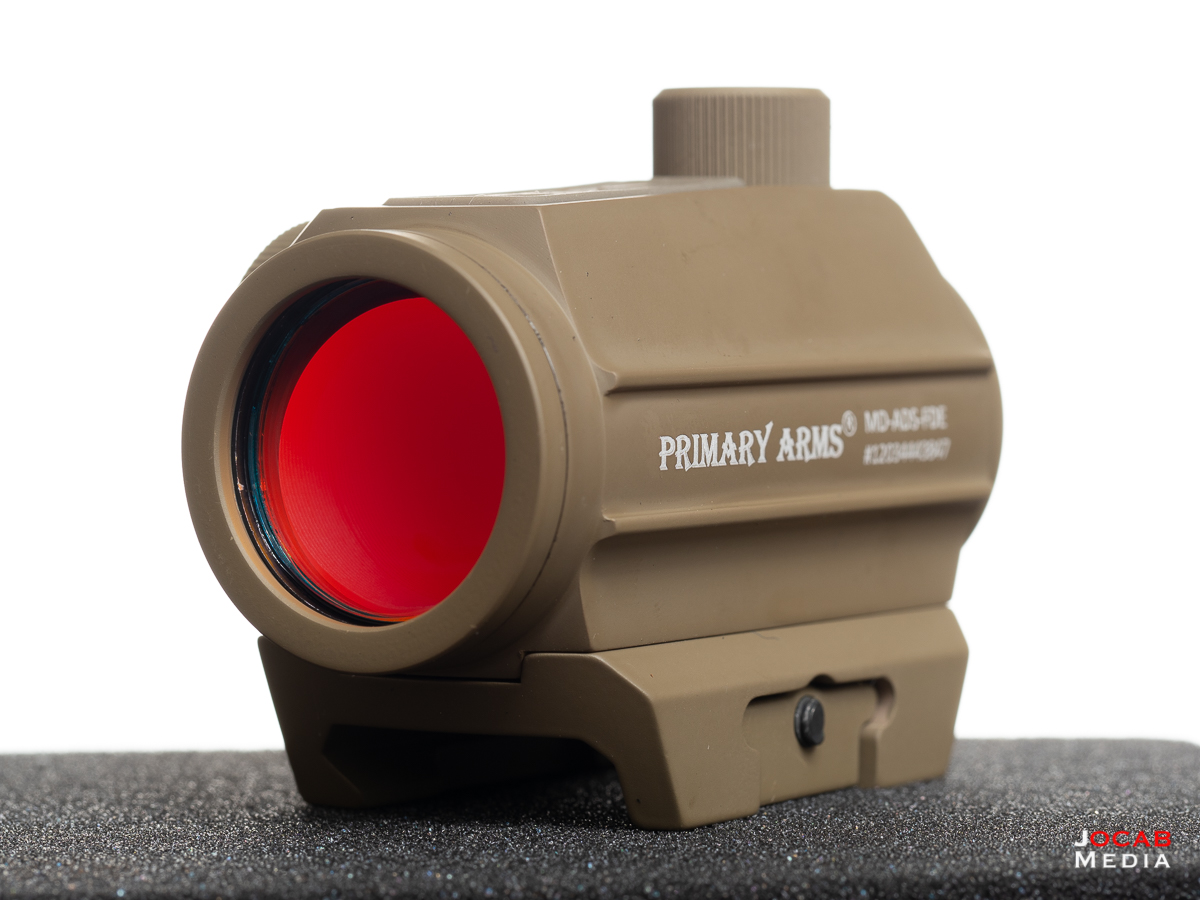
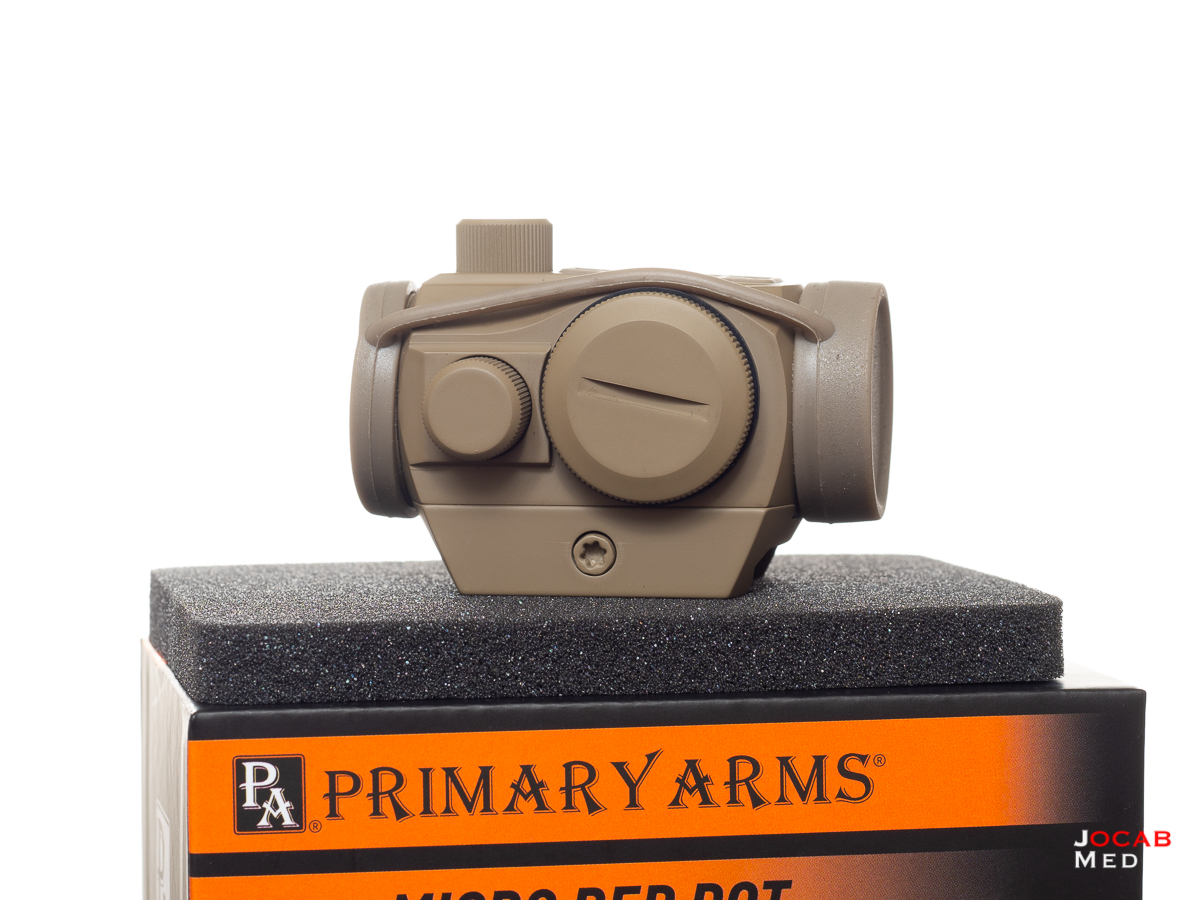
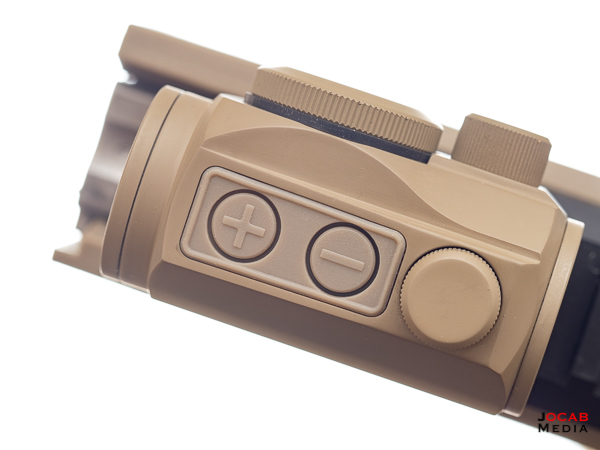
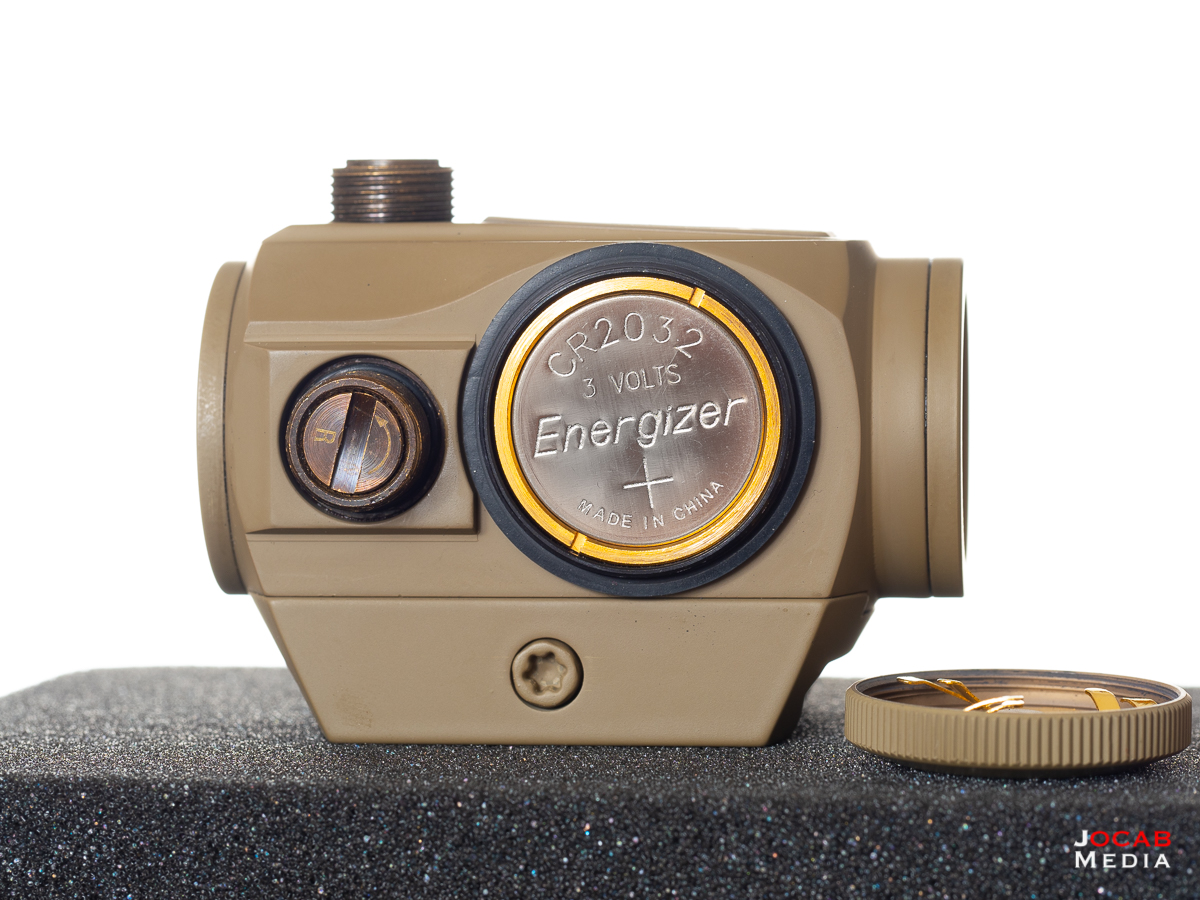
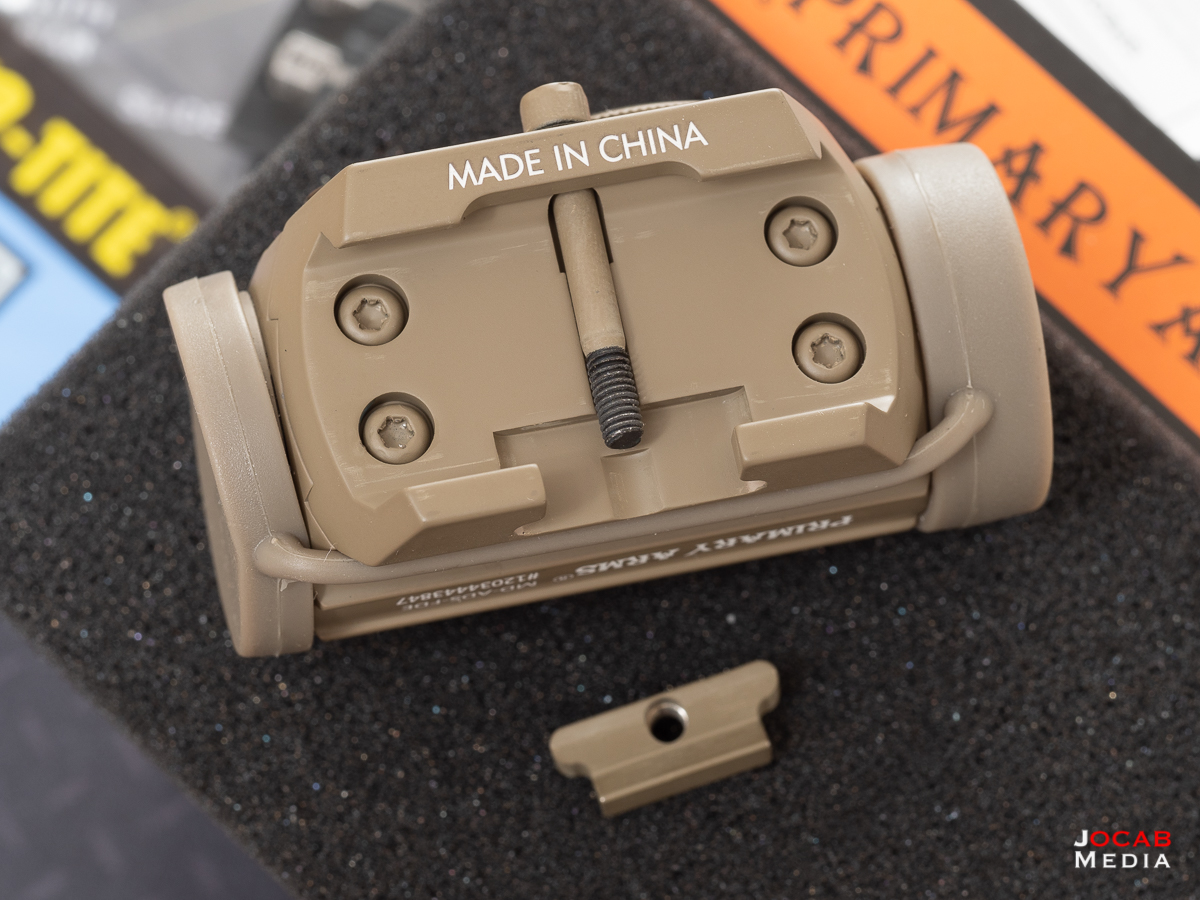
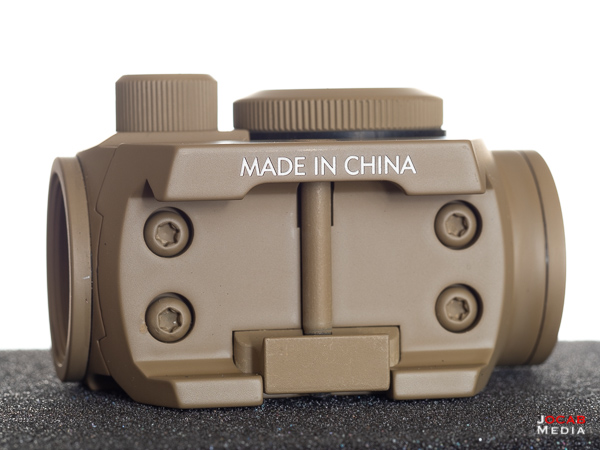
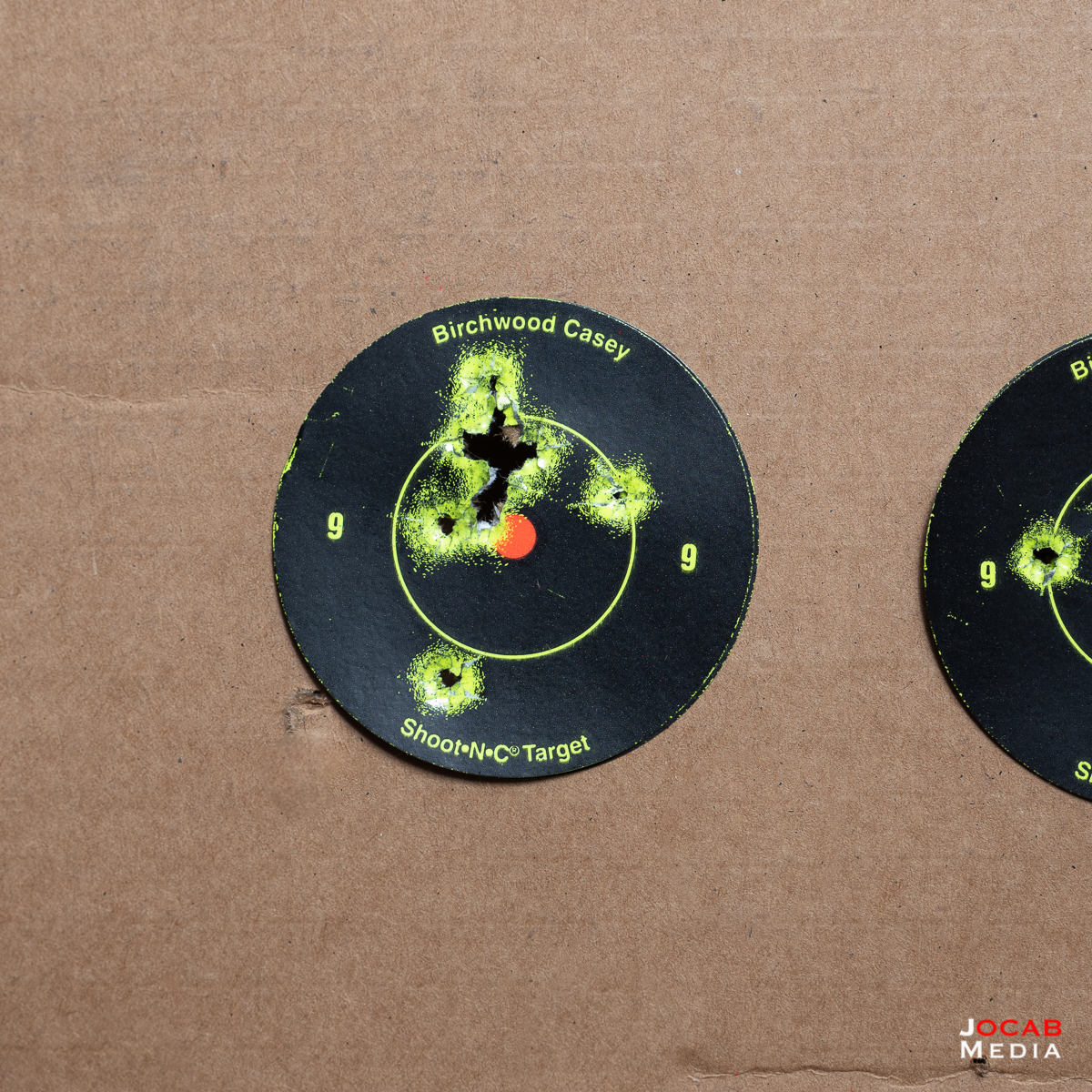
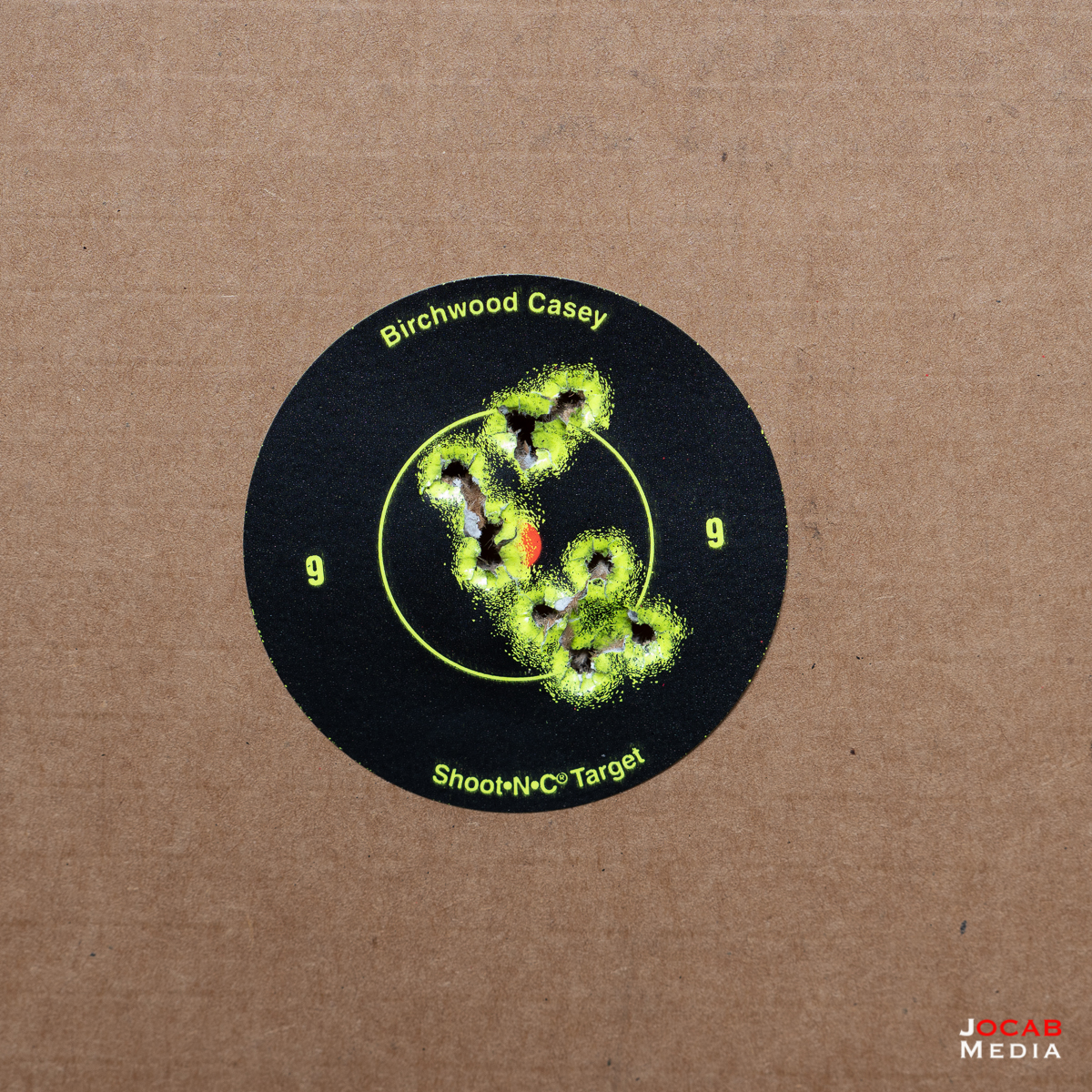
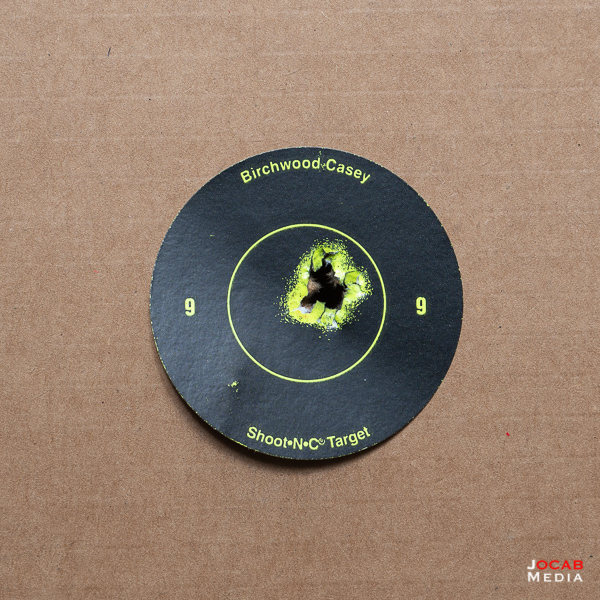
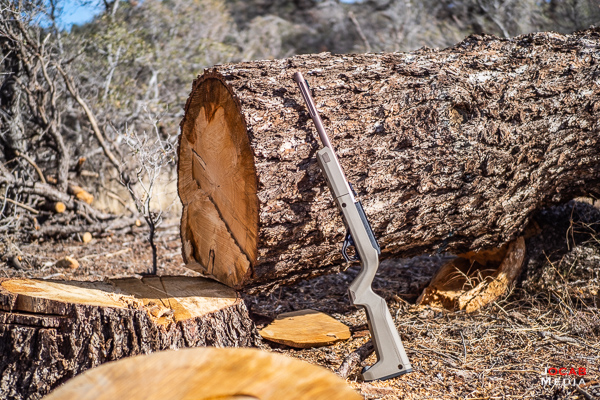
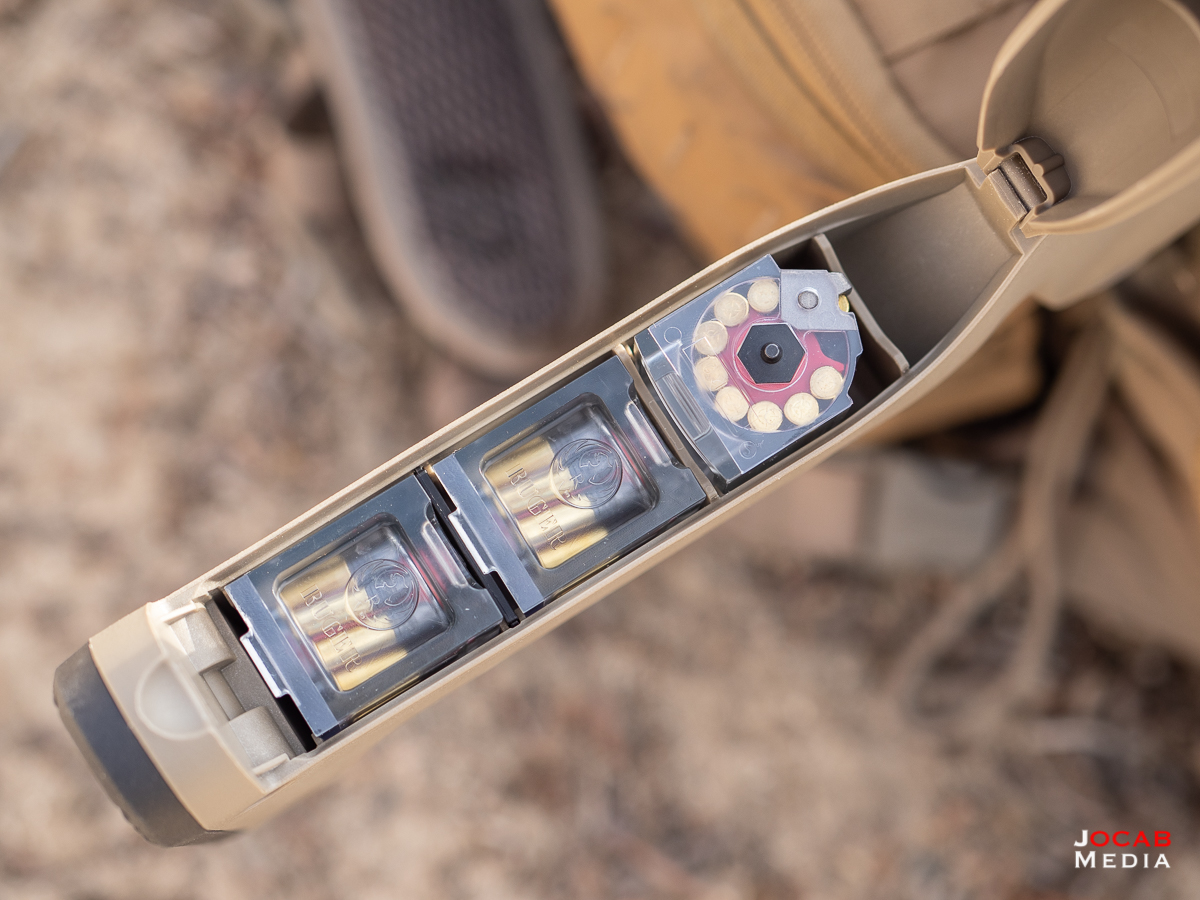
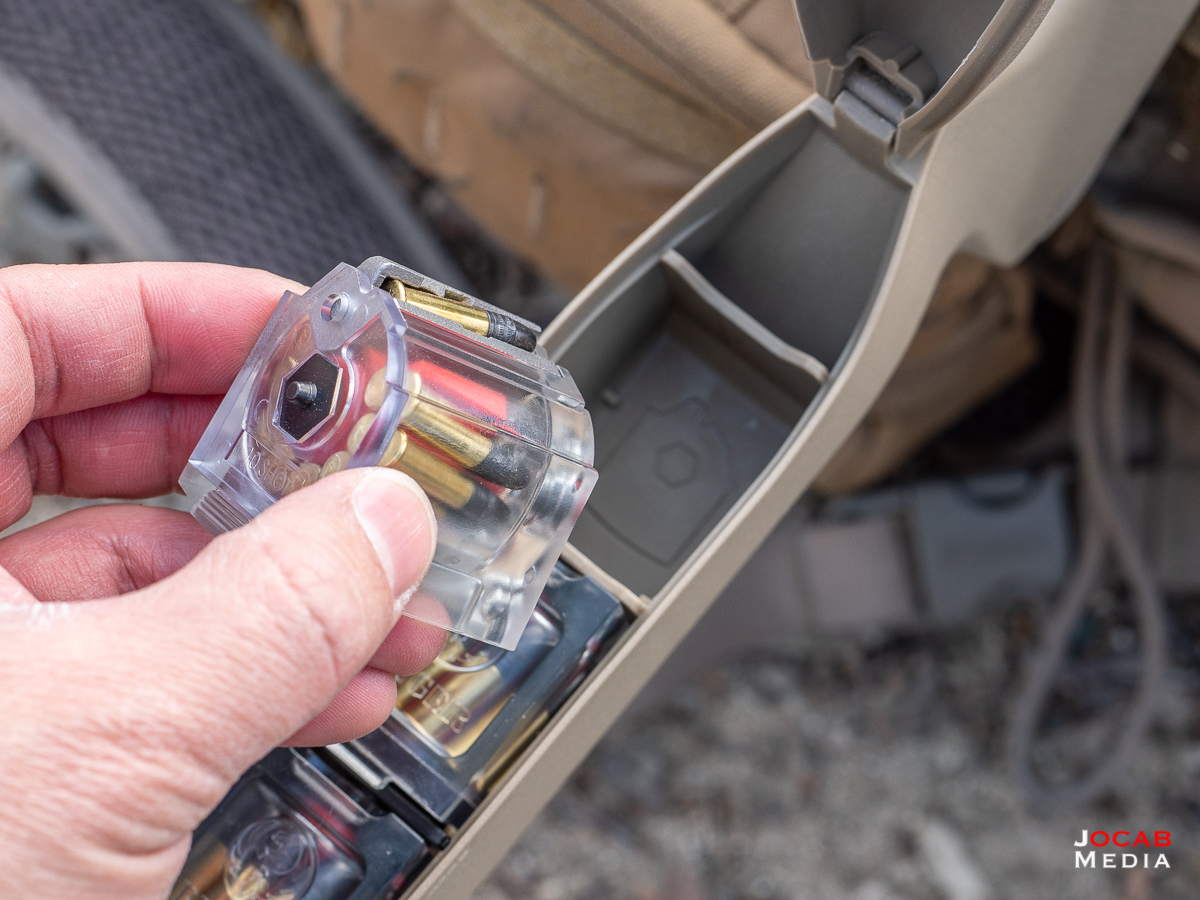
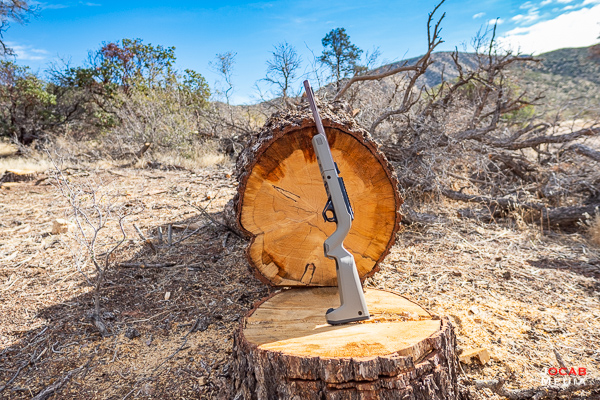
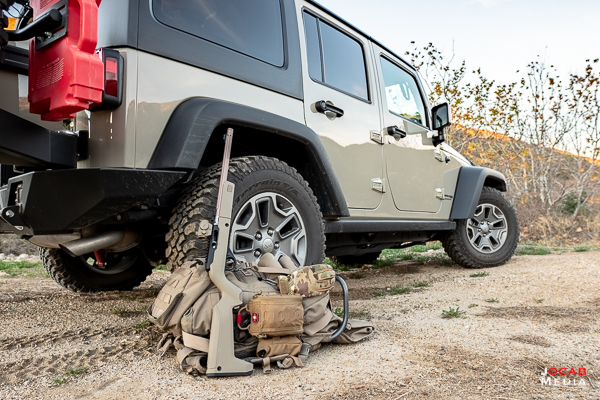
dp
Enjoyed the post. Know of anyone in CA doing similar for the Ruger PC (9) yet?
ocabj
I haven’t seen any PC Carbine receivers.
John Phillips
Good post. I agree on the accuracy limitation of the takedown and RTZ issues after breakdown, I have certainly seen that. One comment I might make is that Brownell’s now offers a high quality bolt specifically for their receiver.
John Phillips
One last thing to mention. If you want just the iron sights (keeps it light and compact), then get the Brownell’s receiver version that does not have the picatinny rail.
Justin
Thank you for the post, it was very informative and answered a few concerns and questions that I had.